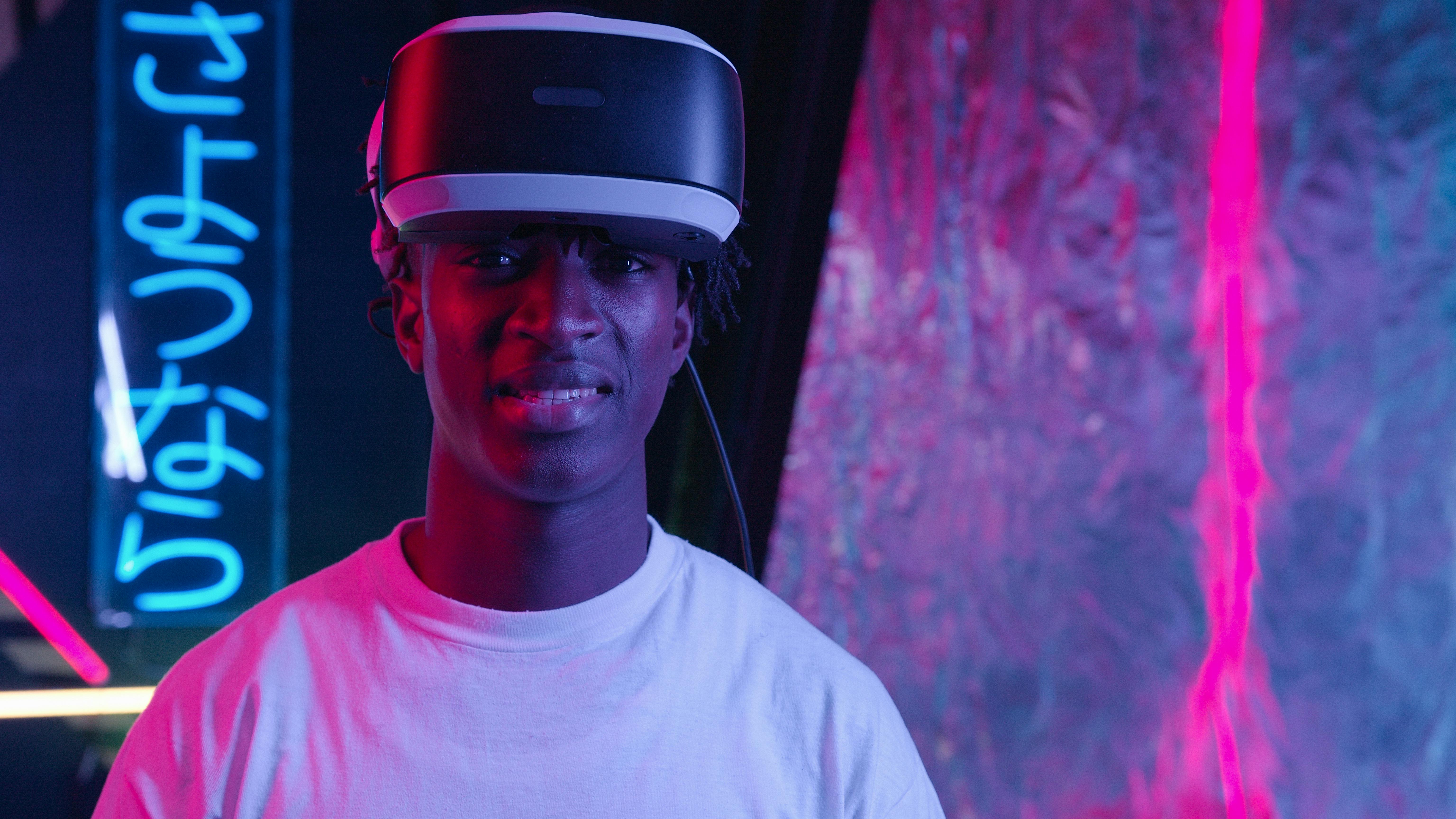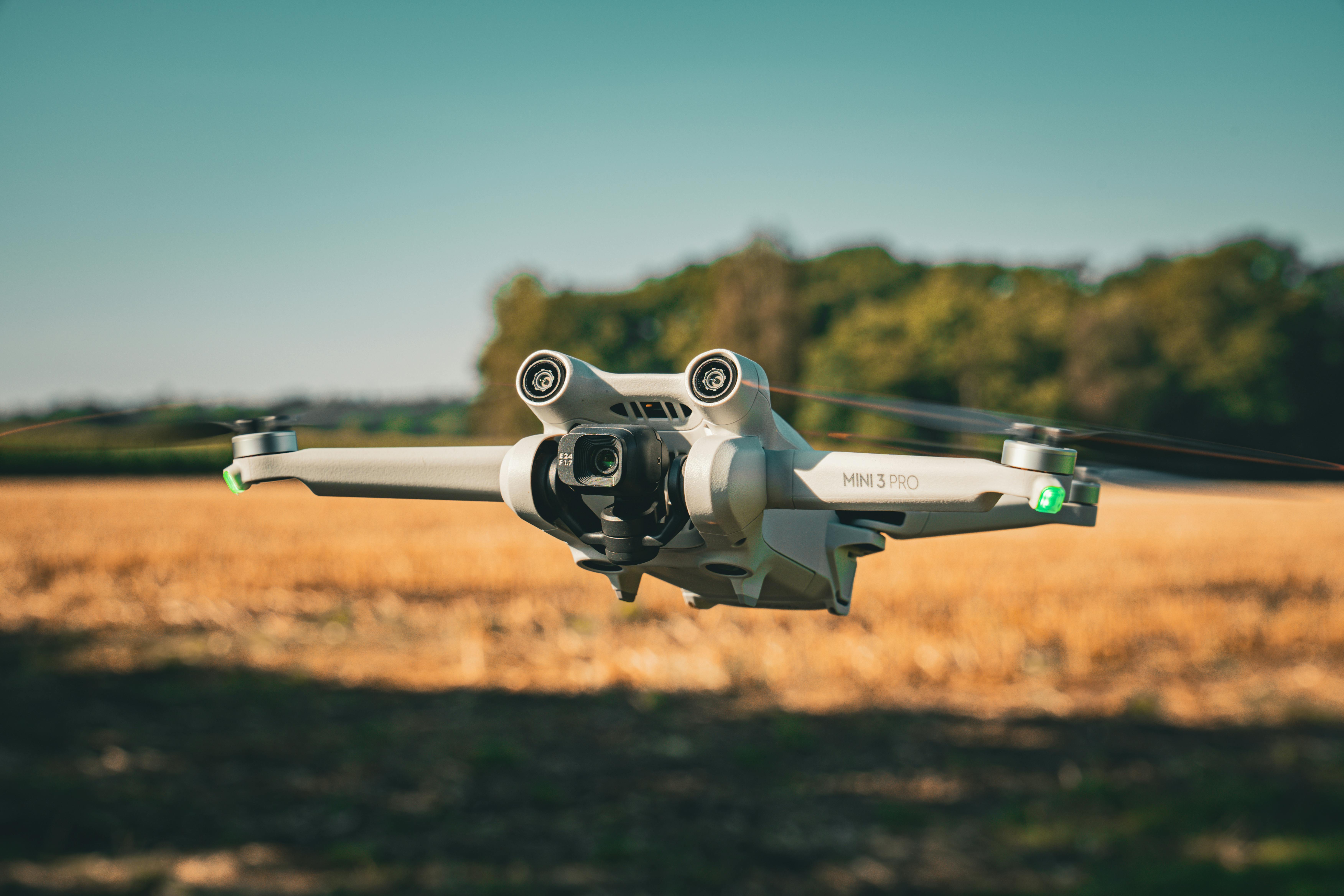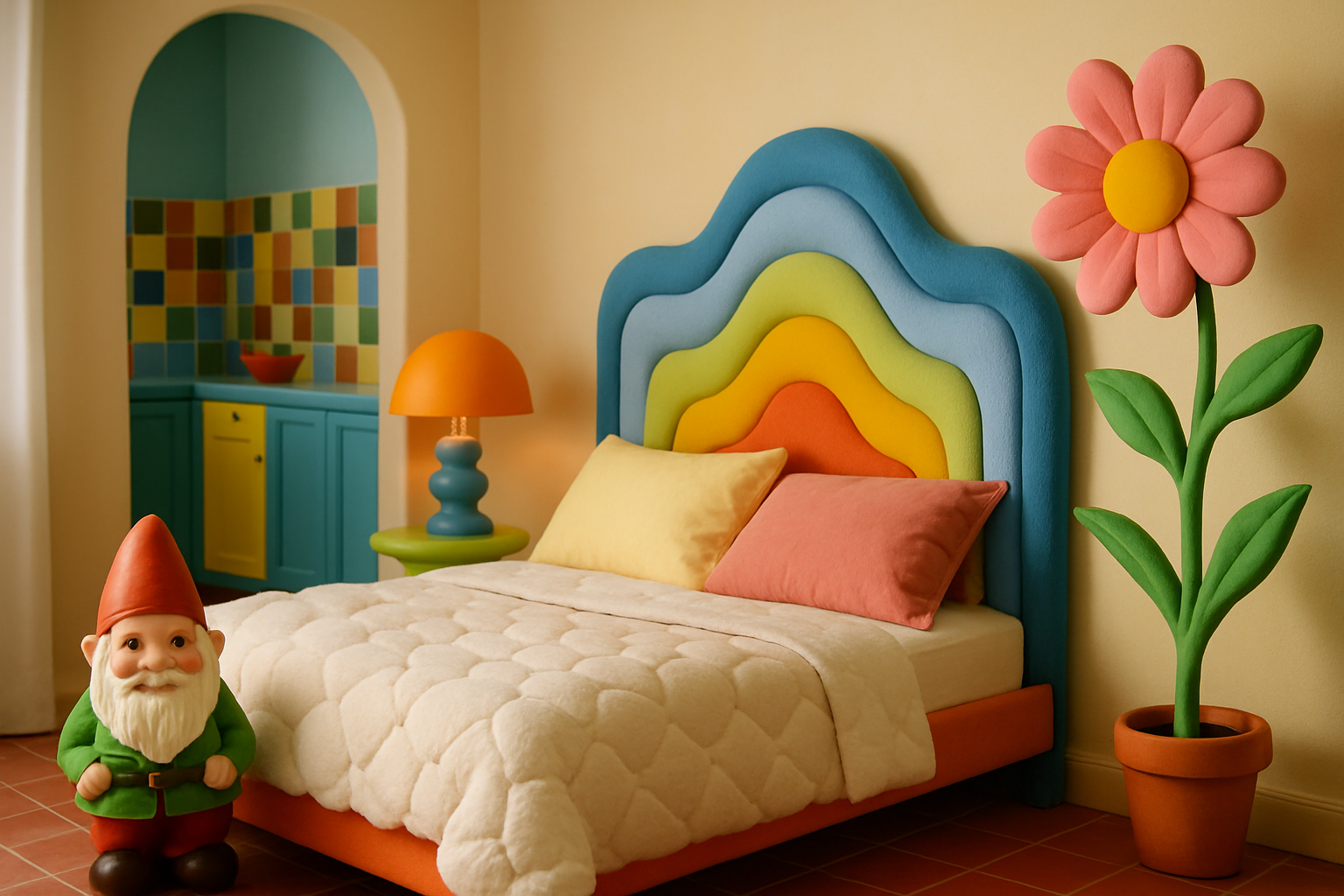Intersecting Dimensions: The Rise of Virtual Reality in Contemporary Art
Virtual reality (VR) is no longer just a buzzword in the tech industry. It's a revolutionary tool that's reshaping the landscape of contemporary art. This article delves into the history, current state, and potential future of VR in the art world, highlighting its transformative impact and the artists leading its charge.

From Sci-Fi to Reality: A Historical Perspective on VR
Virtual reality, once a fantastic concept confined to science fiction, has become an everyday reality. The technology has roots in the 1960s with the Sensorama machine and the first head-mounted display, but it wasn’t until the 2010s that VR became mainstream. With the advent of affordable VR headsets like the Oculus Rift, this immersive technology found its way into homes, game rooms, and, importantly, art galleries.
The Current Canvas: VR in Today’s Art Scene
In the current art scene, VR is more than just a novel tool—it’s a medium in its own right. Artists like Jeremy Couillard, Rachel Rossin, and Jakob Kudsk Steensen are using VR to push the boundaries of artistic expression. They create immersive, interactive worlds that challenge traditional notions of space, reality, and viewer participation. For instance, Couillard’s work “Out of Body Experience Clinic” takes viewers on a surreal journey through an alien landscape, while Steensen’s “Re-Animated” revives an extinct bird in a digitally reconstructed habitat.
The Future Gallery: Predicted Trends and Developments
With VR’s potential in creating immersive, experiential art, it’s no surprise that this technology is predicted to play an even bigger role in the art world. Artists are expected to leverage VR in increasingly innovative ways, from creating multisensory experiences to using biofeedback for customized art experiences. Moreover, VR could democratize art, making it more accessible to people worldwide who can virtually visit galleries and exhibitions without physical restrictions.
The Impact: How VR is Transforming Art
The impact of VR on art is profound. It challenges the traditional artist-viewer relationship, shifting from passive observation to active participation. It allows artists to explore new dimensions of creativity and audiences to experience art in more personal, immersive ways. VR also raises important questions about the nature of art and reality, pushing the boundaries of what is considered art.
Embracing the Virtual Revolution
While some may argue that VR art lacks the tangible quality of traditional art forms, there is no denying its transformative impact. As VR technology continues to evolve, so too will its application in the art world. Artists, galleries, and viewers alike need to embrace this virtual revolution, for it represents the future of artistic expression, promising endless possibilities for creativity, engagement, and accessibility.





